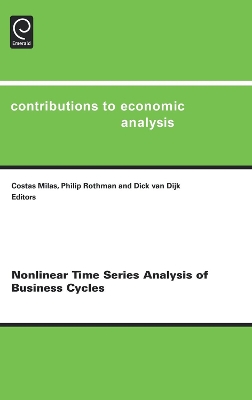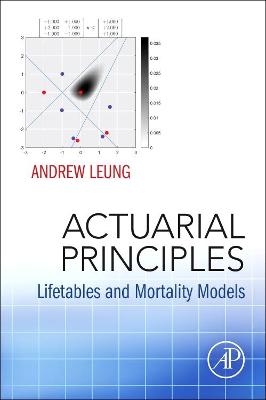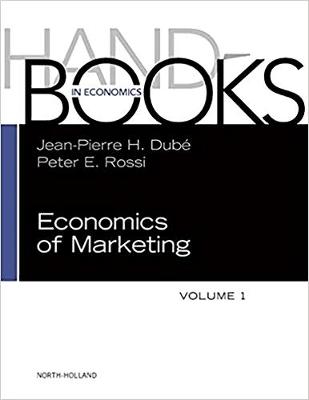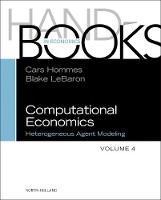Nonlinear Time Series Analysis of Business Cycles
 -10%
portes grátis
-10%
portes grátis
Nonlinear Time Series Analysis of Business Cycles
Wildasin, David E.; Rothman, P. A.; Dijk, Dick van; Milas, C.
Emerald Publishing Limited
02/2006
460
Dura
Inglês
9780444518385
15 a 20 dias
819
Descrição não disponível.
Contents: Introduction. 1. Dating business cycle turning points (M. Chauvet, J.D. Hamilton). 2. Combining predictors & combining information in modelling: forecasting U.S. recession probabilities and output growth (M.P. Clements, A.B.C. Galvo). 3. The importance of nonlinearity in reproducing business cycle features (J. Morley, J. Piger). 4. The vector floor and ceiling model (G. Koop, S.M. Potter). 5. A new framework to analyze business cycle synchronization (M. Camacho, G. Perez-Quiros). 6. Non-linearity and instability in the EURO area (M. Marcellino). 7. Nonlinear modelling of autoregressive structural breaks in some US macroeconomic series (G. Kapetanios, E. Tzavalis). 8. Trend-cycle decomposition models with smooth - Transition parameters: Evidence from US economic time series (S.J. Koopman, K.M. Lee, S.Y. Wong). 9. Modeling inflation and money demand using a fourier-series approximation (R. Becker, W. Enders, S. Hurn). 10. Random walk smooth transition autoregressive models (H. Anderson, C.N. Low). 11. Nonlinearity and structural change in interest rate reaction functions for the U.S., U.K. and Germany (M. Kesriyeli, D. Osborn, M. Sensier). 12. State asymmetries in the effects of monetary-policy shocks on output: Some new evidence for the EURO-area (J.J. Dolado, R.M. Dolores). 13. Non-linear dynamics in output, real exchange rates and real money balances: Norway, 1830-2003 (Q.F. Akram, O. Eitrheim, L. Sarno). 14. A predictive comparison of some simple long memory and short memory models of daily U.S. stock returns, with emphasis on business cycle effects (G. Bhardwaj, N.R. Swanson). 15. Nonlinear modeling of the changing lag structure in US housing construction (C.M. Dahl, T. Kulaksizoglu).
Este título pertence ao(s) assunto(s) indicados(s). Para ver outros títulos clique no assunto desejado.
Contents: Introduction. 1. Dating business cycle turning points (M. Chauvet, J.D. Hamilton). 2. Combining predictors & combining information in modelling: forecasting U.S. recession probabilities and output growth (M.P. Clements, A.B.C. Galvo). 3. The importance of nonlinearity in reproducing business cycle features (J. Morley, J. Piger). 4. The vector floor and ceiling model (G. Koop, S.M. Potter). 5. A new framework to analyze business cycle synchronization (M. Camacho, G. Perez-Quiros). 6. Non-linearity and instability in the EURO area (M. Marcellino). 7. Nonlinear modelling of autoregressive structural breaks in some US macroeconomic series (G. Kapetanios, E. Tzavalis). 8. Trend-cycle decomposition models with smooth - Transition parameters: Evidence from US economic time series (S.J. Koopman, K.M. Lee, S.Y. Wong). 9. Modeling inflation and money demand using a fourier-series approximation (R. Becker, W. Enders, S. Hurn). 10. Random walk smooth transition autoregressive models (H. Anderson, C.N. Low). 11. Nonlinearity and structural change in interest rate reaction functions for the U.S., U.K. and Germany (M. Kesriyeli, D. Osborn, M. Sensier). 12. State asymmetries in the effects of monetary-policy shocks on output: Some new evidence for the EURO-area (J.J. Dolado, R.M. Dolores). 13. Non-linear dynamics in output, real exchange rates and real money balances: Norway, 1830-2003 (Q.F. Akram, O. Eitrheim, L. Sarno). 14. A predictive comparison of some simple long memory and short memory models of daily U.S. stock returns, with emphasis on business cycle effects (G. Bhardwaj, N.R. Swanson). 15. Nonlinear modeling of the changing lag structure in US housing construction (C.M. Dahl, T. Kulaksizoglu).
Este título pertence ao(s) assunto(s) indicados(s). Para ver outros títulos clique no assunto desejado.




